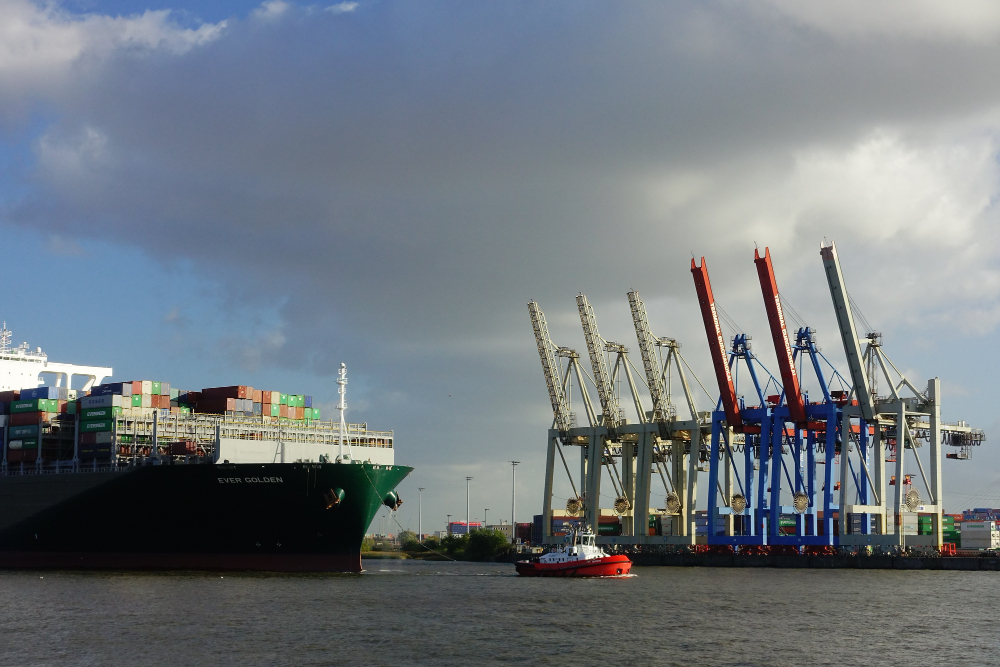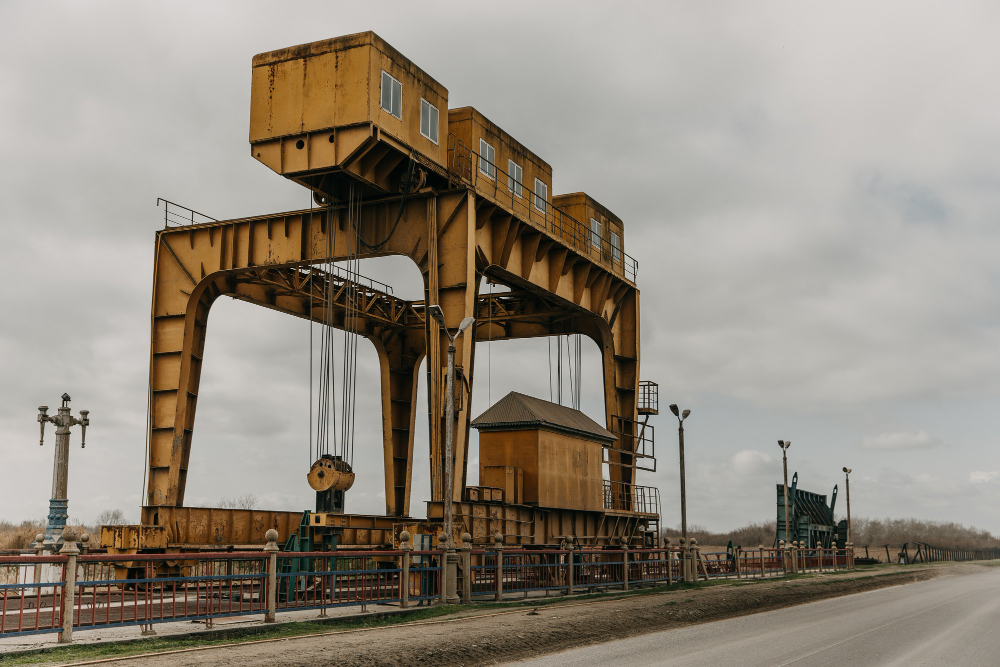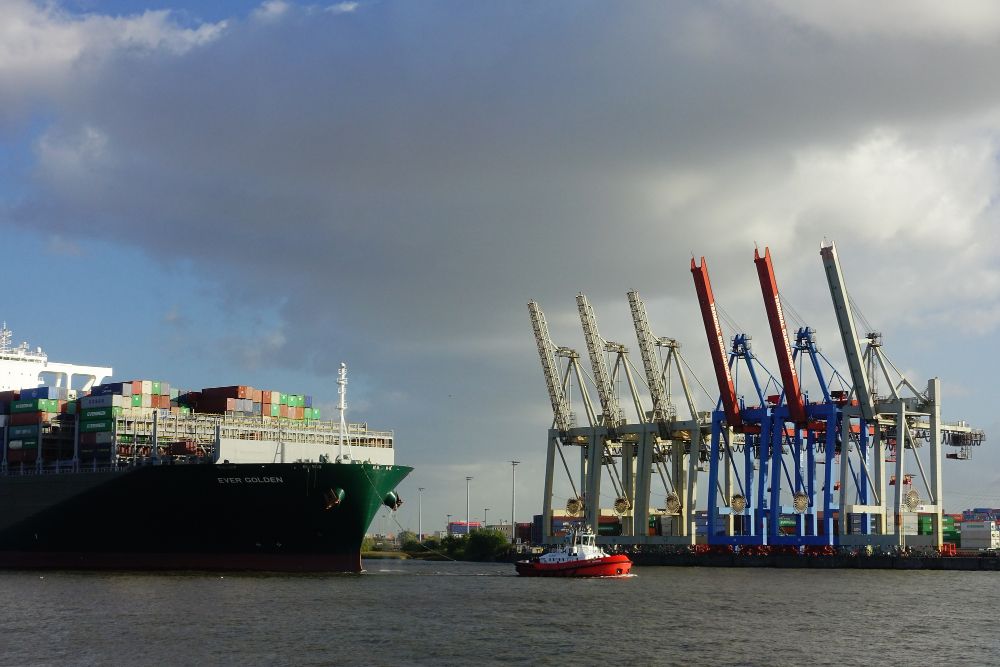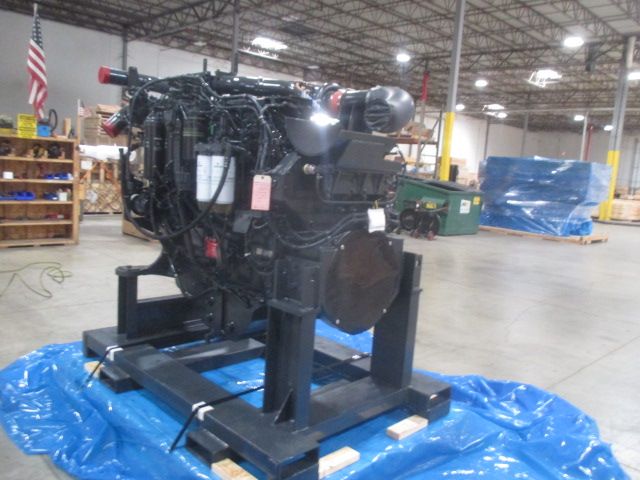Oversized cargo transportation is more than just logistics; it’s the critical link in the chain of every major industrial, energy, and infrastructure project. For project managers and engineers, the decision between shipping by air or by sea is one of the most consequential choices you’ll make. It’s a strategic trade-off between speed, cost, and risk that can define a project’s success or failure.
As we navigate the dynamic landscape of 2025, where supply chains are more complex than ever, making the right choice is paramount. This in-depth guide is designed to provide clarity, breaking down the strategic considerations for your next heavy-lift project.
Table of Contents
At Falcon Cargo, we understand that moving multi-ton turbines, massive manufacturing components, or critical energy infrastructure isn’t just about transport – it’s about precision, engineering, and flawless execution.

1. The High-Stakes Decision: Why Your Choice Matters More in 2025
The global logistics environment remains in flux. While some pandemic-era pressures have eased, new geopolitical tensions, shifting trade routes, and a heightened focus on supply chain resilience have emerged. For oversized cargo transportation, this means that a decision that was straightforward five years ago now requires a more sophisticated analysis. Choosing incorrectly can lead to catastrophic budget overruns, project delays measured in months, and significant contractual penalties.
2. The Case for the Sea: Strategic Ocean Freight for Oversized Cargo Transportation
Ocean freight is the traditional backbone of heavy-lift and project cargo logistics. Utilizing specialized vessels like Break Bulk (for non-containerized cargo) and Ro-Ro (Roll-on/Roll-off), sea transport offers capabilities that air simply cannot match.
Key Advantage: Unmatched Cost-Effectiveness & Capacity
When your project involves extremely large or heavy components—think massive pressure vessels, bridge sections, or wind turbines—the ocean is often the only feasible option.
- Virtually Limitless Capacity: Sea vessels can handle dimensions and weights far exceeding the limits of any aircraft.
- Cost Efficiency: On a ton-per-mile basis, ocean freight is dramatically more affordable than air freight, making it the default choice for budget-conscious, long-term projects.
Primary Consideration: Time and Complexity
The primary trade-off for this capacity and cost-saving is time.
- Longer Transit Times: Ocean voyages are measured in weeks or months, not days.
- Complex Port Logistics: This method involves intricate coordination for loading (stevedoring), lashing (securing), and customs at both origin and destination ports.
This method of oversized cargo transportation is ideal for:
- Projects with long lead times and well-defined construction schedules.
- Extremely heavy or large cargo that physically cannot fly.
- Budget-sensitive operations where logistics costs are a primary driver.
For more information on maritime regulations, the International Maritime Organization (IMO) provides comprehensive resources on safe and secure shipping.

3. When Speed is Paramount: Air Freight in Oversized Cargo Transportation
When a project timeline is compressed and every hour of downtime costs thousands or millions of dollars, air freight becomes an essential strategic tool. This involves chartering some of the largest aircraft in the world, like the Antonov AN-124, capable of swallowing entire vehicles and massive machinery.
Key Advantage: Unrivaled Speed & Reduced Handling
- Speed: Transit times are measured in hours or days. This can mean the difference between meeting a critical deadline and facing massive penalties.
- Reduced Risk of Damage: Less time in transit and fewer handling points (port to truck to vessel vs. airport to truck) can reduce the risk of damage to sensitive or high-value equipment.
Primary Consideration: Significant Cost Investment
This speed comes at a premium. Air charter for oversized cargo transportation is one of the most expensive logistics services available. Its use must be justified by the immense cost of not using it.
Air freight is the mission-critical choice for:
- Emergency plant shutdowns (AOG – Aircraft on Ground situations, but for factories).
- Delivery of critical replacement parts to remote locations (e.g., a mine or oil rig).
- High-value, sensitive cargo where security and speed are the top priorities.
The International Air Transport Association (IATA) sets the global standards for safe and efficient air cargo operations.
4. The Decisive Framework: 5 Critical Questions to Ask
How do you make the right choice for your project? At Falcon Cargo, we consult with our clients using a proven framework. Ask yourself these five questions:
- What is the real cost of a delay? (Is it greater than the cost of air freight?)
- What are the physical limits of my cargo? (Can it physically fit in an aircraft?)
- What is the infrastructure like at the origin and destination? (Is there a port capable of handling the cargo? Is there an airfield with a long enough runway?)
- What is the project’s overall timeline and budget flexibility?
- How sensitive or fragile is the cargo?
Answering these questions honestly will almost always illuminate the most logical path for your oversized cargo transportation needs.
5. The Falcon Cargo Advantage: A Partner in Strategic Decision-Making
Ultimately, you don’t have to make this decision alone. Choosing the right partner is as important as choosing the right mode of transport.
At Falcon Cargo, our service begins long before takeoff or departure. Our project cargo team provides:
- Expert Consultation: We work with your engineers and project managers to analyze the costs and benefits of each option.
- Feasibility Studies: We conduct detailed route surveys and engineering assessments to ensure a flawless journey from door to door.
- Turnkey Project Management: From securing the right aircraft or vessel charter to managing customs and final delivery, we provide a single point of contact and accountability.
Navigating the complexities of oversized cargo transportation is our expertise. We empower you to make the most strategic, cost-effective, and timely decision for your project.



